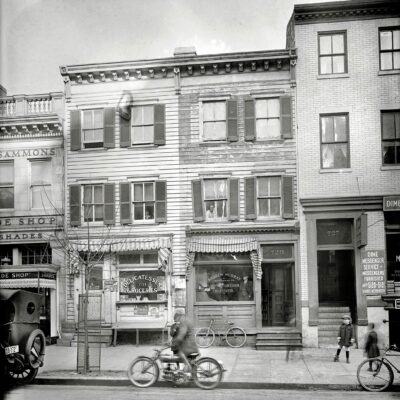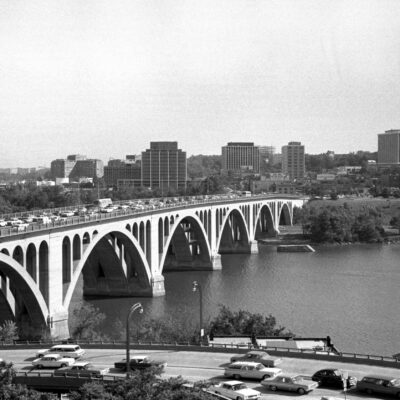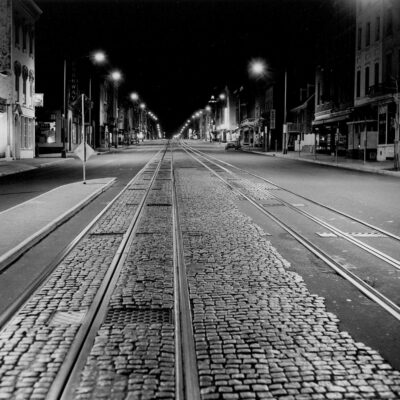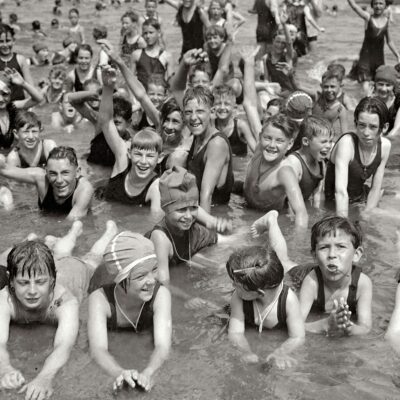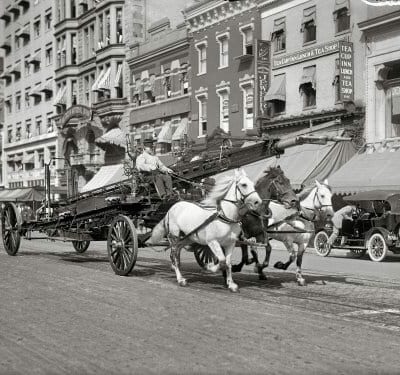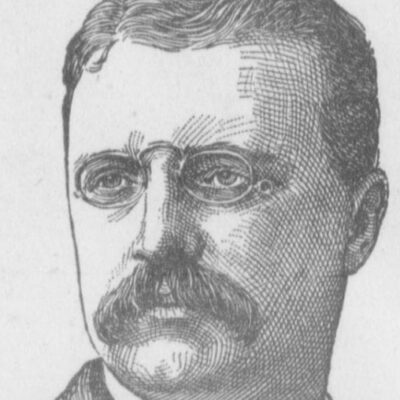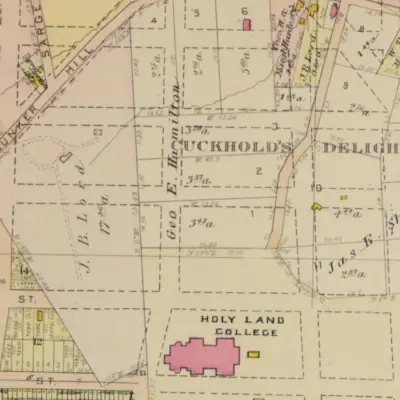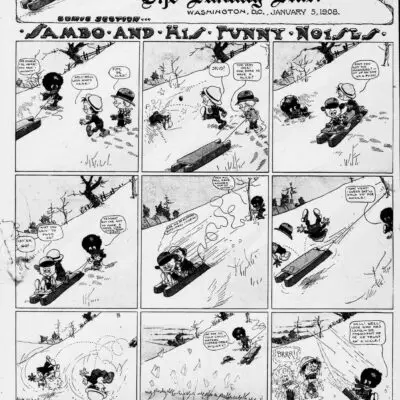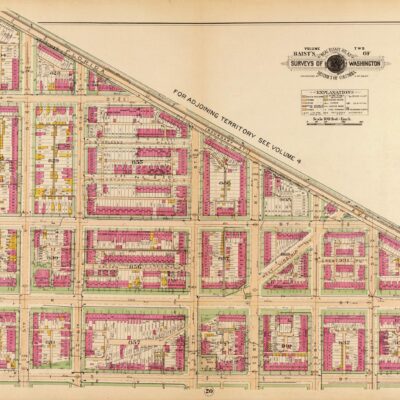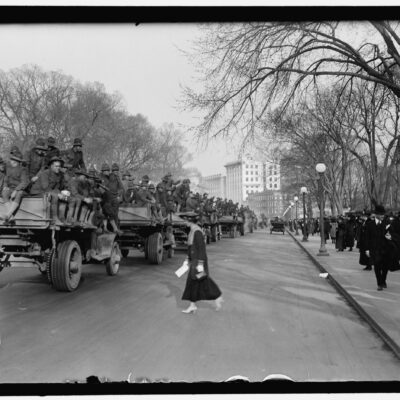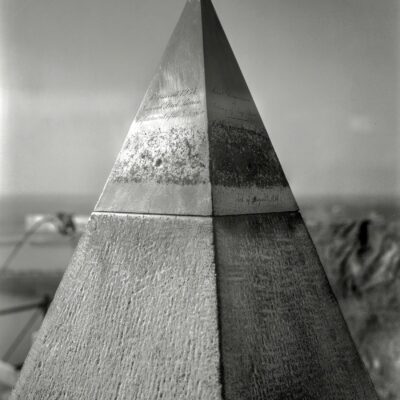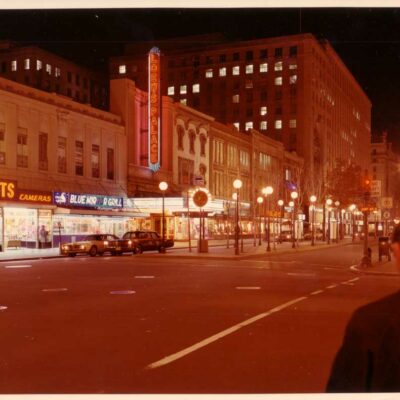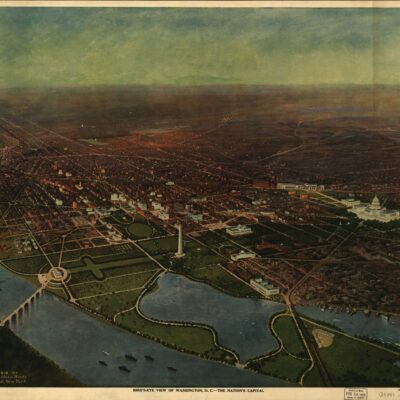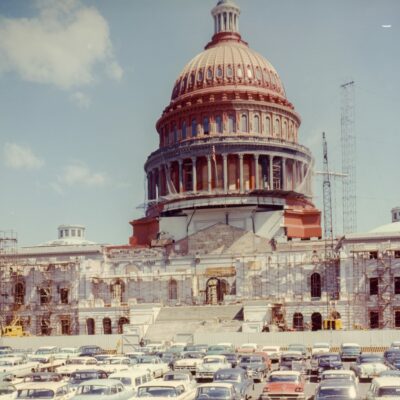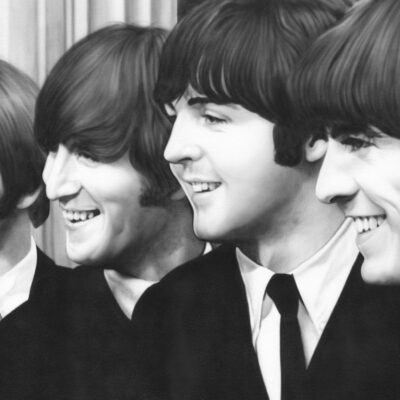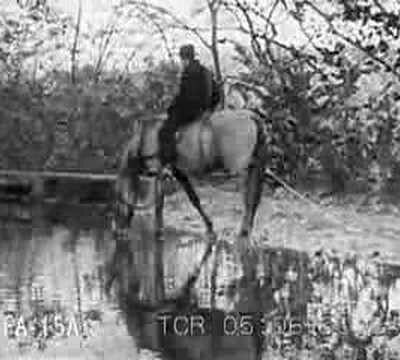What a cool old advertisement for Silver Spring Park, printed in The Washington Times on July 14th, 1907. This captivating piece of history provides a fascinating glimpse into the early 20th-century era when leisure and recreational activities were gaining popularity among urban dwellers seeking respite from the bustling city life.
During this period, Silver Spring Park was a renowned destination, situated just outside of Washington, D.C. Its lush greenery, refreshing springs, and diverse range of attractions made it an appealing retreat for residents and visitors alike. Established in the late 19th century, the park quickly gained a reputation for its scenic beauty and exceptional amenities.
The advertisement likely highlighted the park’s various features and attractions. It may have mentioned the meticulously landscaped gardens adorned with vibrant flowers and graceful fountains that provided a picturesque setting for leisurely strolls and social gatherings. Visitors could have indulged in boating on the tranquil lake, enjoying the gentle sway of the paddleboats as they navigated the shimmering waters.
To add to the charm and allure, Silver Spring Park might have boasted an impressive amusement area, complete with thrilling roller coasters, whimsical carousels, and lively carnival games. Families and thrill-seekers alike would have been drawn to the park’s exhilarating rides, where laughter and screams of delight filled the air.
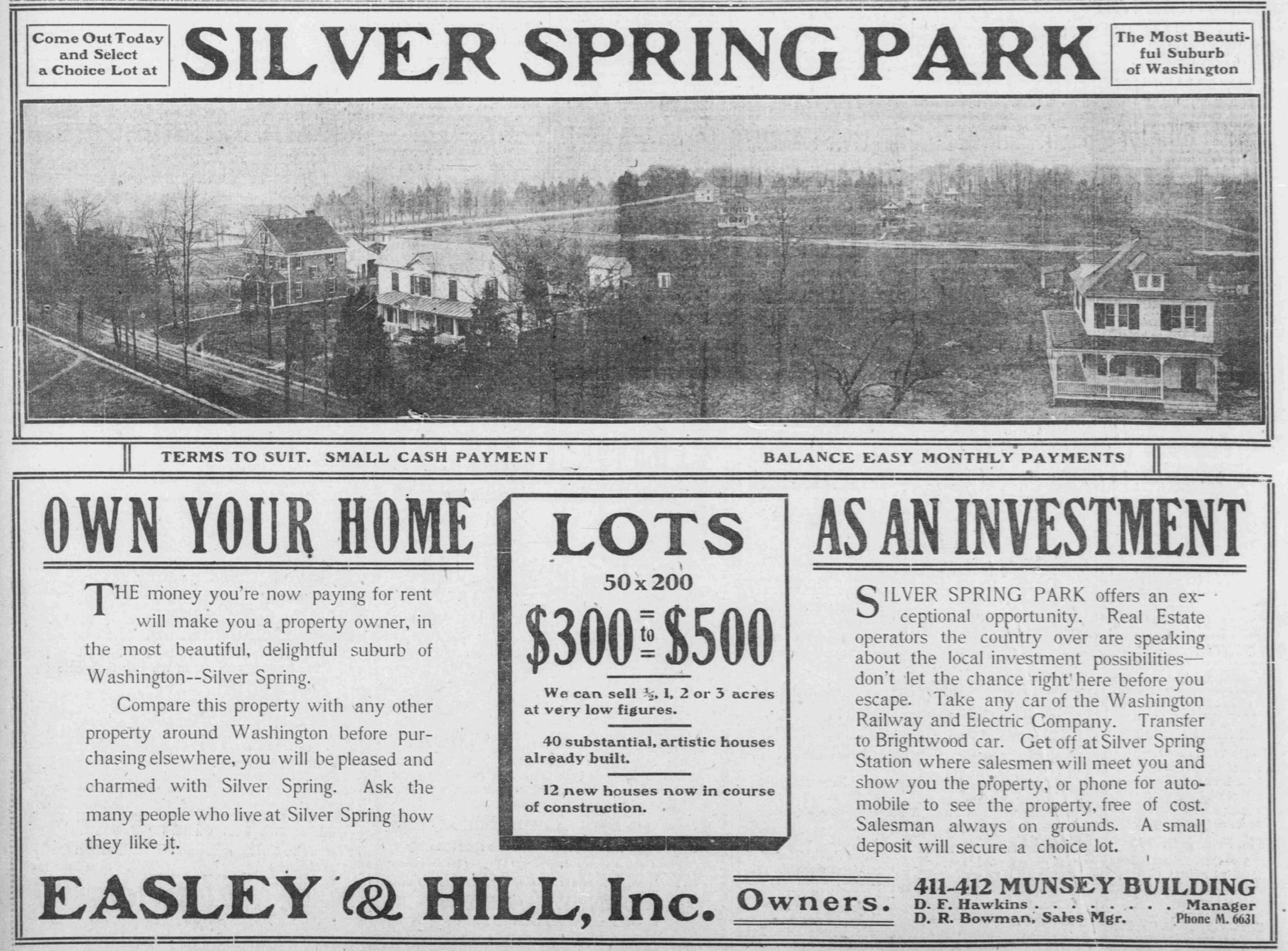
Beyond its recreational offerings, Silver Spring Park may have hosted cultural events and performances, showcasing the artistic talents of the era. Perhaps visitors were treated to open-air concerts featuring local musicians, or theatrical performances that transported audiences to distant lands through the magic of live storytelling.
In the context of the times, the early 20th century marked a period of rapid urbanization and industrialization in the United States. As cities expanded, the need for accessible green spaces and recreational areas became increasingly evident. Parks like Silver Spring Park emerged as oases of tranquility, providing a temporary escape from the hustle and bustle of urban life. Their popularity signaled a growing desire among people to reconnect with nature and embrace a more leisurely lifestyle.
In addition to their recreational value, parks played a vital role in the social fabric of communities. They served as meeting places for friends and families, where picnics, games, and leisurely walks fostered a sense of community and camaraderie. Furthermore, parks often hosted public events and celebrations, uniting individuals from diverse backgrounds and fostering a shared sense of identity.
The Silver Spring Park advertisement, with its evocative imagery and enticing descriptions, captures the essence of this transformative period in history. It reflects the aspirations and desires of a society in transition, seeking solace, entertainment, and connection with nature. As we examine this advertisement over a century later, it reminds us of the timeless appeal of parks and the enduring human need for spaces that offer respite, joy, and a sense of belonging.

